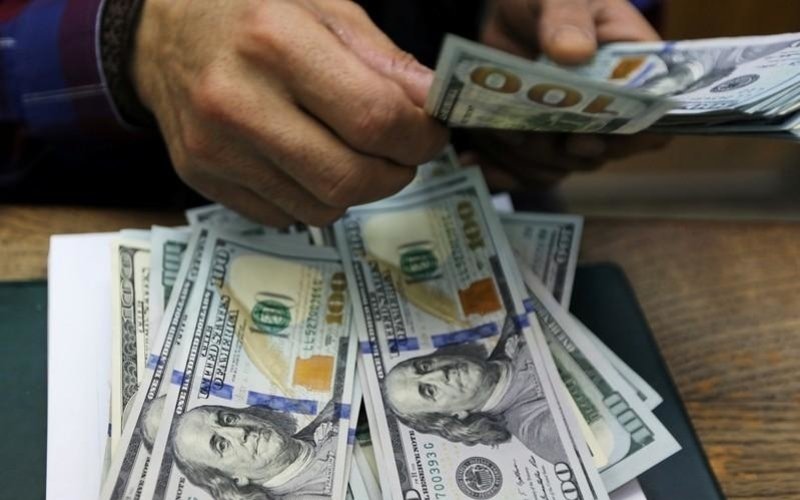LONDON: The dollar fell to its lowest in over two years against major currencies on Thursday after the Federal Reserve stuck to its current policy guns while hopes for more US stimulus and a post-Brexit trade deal boosted appetite for riskier currencies.
Congressional negotiators were closing in on a US$900 billion Covid-19 aid bill in the US, according to lawmakers and aides, boosting stock markets across the globe.
The dollar index continued to retreat during morning trading in Europe, falling at one point to a new low of 89.867 against a basket of currencies after breaking below 90 for the first time since April 2018.
“While we expect stocks to benefit further from positive news on vaccine rollouts and US fiscal support, the same cannot be said for the US dollar,” said Mark Haefele, chief investment officer at UBS GWM.
“Safe-haven demand for the dollar is being eroded by a broadening global recovery.”
The Federal Reserve on Wednesday said it would keep funnelling cash into financial markets until the US economic recovery is secure. The promise of long-term help fell short of some investors’ hopes of an immediate move.
The dollar index rose after the Fed’s announcement, but the respite was short-lived.
Meanwhile, optimism the European Union and the UK will finally reach a post-Brexit trade deal boosted the pound, which rose to US$1.3615, its highest level since May 2018.
EU Brexit negotiator Michel Barnier reported “good progress” in the talks but cautioned “last stumbling blocks” stood in the way of sealing a new trade pact.
The pound didn’t make any significant moves and kept trading above US$1.36 after the Bank of England kept its stimulus programme unchanged as it awaited the outcome of the Brexit trade talks.
The euro traded as high as US$1.2244, its highest since April 2018, before giving up some of its gains.
Bitcoin crosses US$23,000
The Swiss franc also gained against the dollar and hit a six-year high of US$0.8823 after the Swiss National Bank stuck to its readiness to intervene in currency markets despite being labelled a currency manipulator by the US.
The US Treasury said that through June 2020 both Switzerland and Vietnam had intervened in currency markets to prevent effective balance of payments adjustments.
Analysts expect the SNB to remain undeterred by US pressure and plough ahead with currency purchases.
“An independent central bank should not have to justify its monetary policy decision,” said Karsten Junius, chief economist at J Safra Sarasin.
Norway’s currency, the crown, also strengthened to a 17-month high against the dollar, up over 1% after the country’s central bank kept its policy interest rate at 0% but warned that a rate increase may come earlier than it had expected.
But it was not only European currencies which hammered the greenback.
The Australian dollar touched 0.7639 US cents, the highest since June 2018 while the dollar slid to 103.04 yen, its lowest level since March.
China’s onshore yuan traded at 6.5333 per dollar and its offshore counterpart handed at 6.5124, both close to mid-2018 highs.
Also, Bitcoin set yet again a new record high on Thursday, rising briefly over US$23,000 just a day after passing the US$20,000 milestone for the first time.

